ORAL PATHOLOGY
If abnormal tissue occurs in the mouth, a small piece may require removal by an oral and maxillofacial surgeon and sent for testing. This is known as a biopsy and tissue samples are taken using a variety of cutting instruments. Your surgeon will send the tissue samples to a pathologist, who can determine whether the sample is non-cancerous (benign) or cancerous (malignant). The pathologist will send a report to your surgeon who will discuss the results in detail with you. A second biopsy may sometimes be required if the results of the first biopsy are not definitive.
Cysts of the upper or lower jaws
These are fluid-filled sacs that can result in swelling, pain and infection. Some cysts become large and affect nearby healthy teeth. A cyst will not resolve by itself. If it starts to cause problems it is usually best to have the cyst treated before symptoms become worse.
The purpose of the treatment is to remove the cyst so that bone grows into the empty space. The two most common surgical treatments include:
Enucleation: This involves the cyst being opened and the lining of the cyst is removed.
Marsupialisation: The cyst is opened and part of the lining is removed, an incision is then made so that the remainder of the lining is continuous with the tissue inside your mouth.
While your surgeon makes every attempt to save teeth involved with the cyst, one or more teeth may have to be removed depending on the size and location of the cyst.
Further Investigations may include:
CT Scan
Cone Beam Scan
MRI
Blood Tests
Dr Madden has the convenience of a close working relationship with Specialist Oral Medicine Doctors and to expedite your care we may recommend you seeing them instead of Dr Madden.

